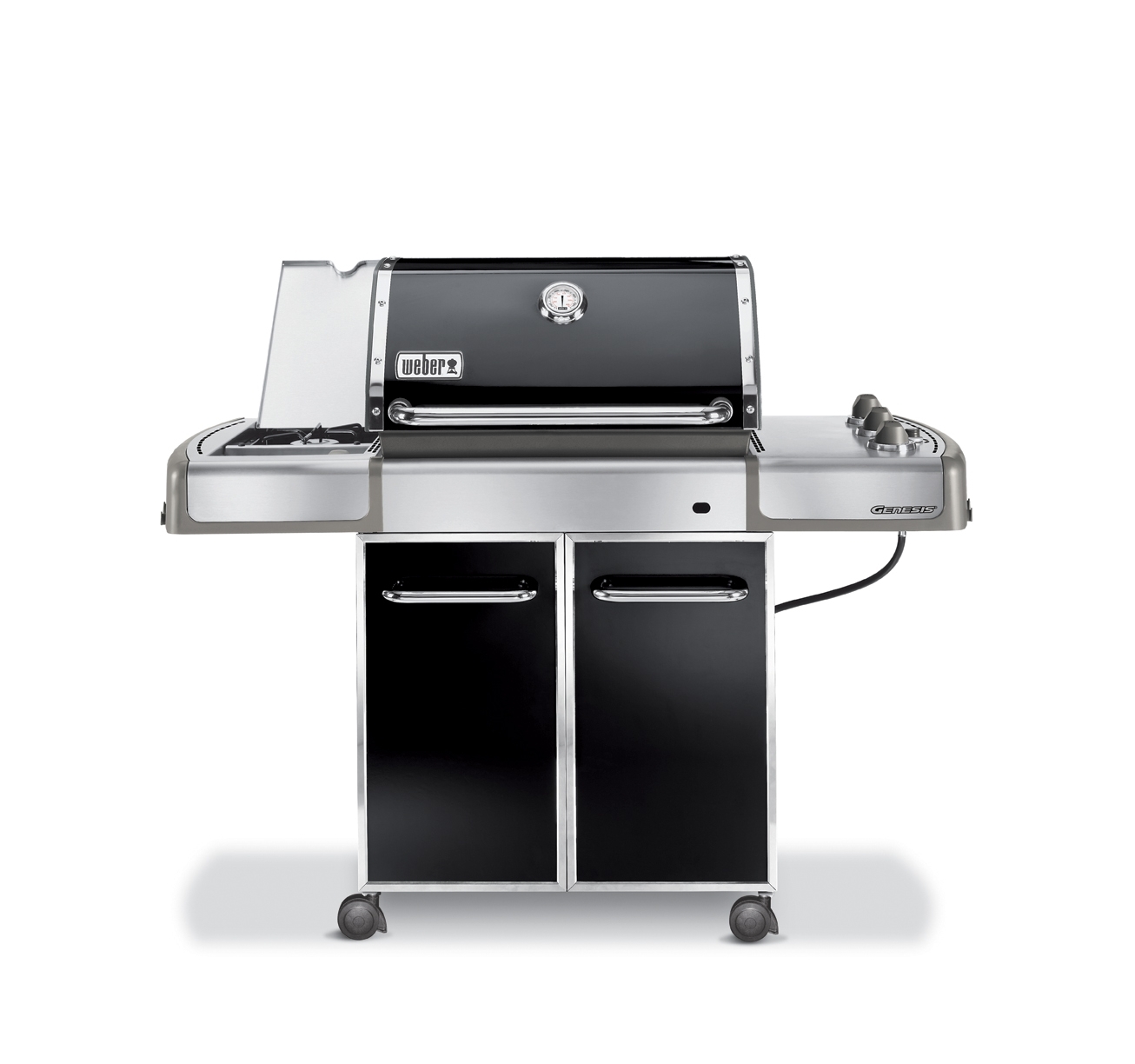Know Your Gasoline Grill
Gas Grill
Gas grills burn using a clean fire. The fuel in a normal gas grill could be either Natural Gasoline (Methane) or Propane. Start up and shut-down is as easy as turning knob. A clear blue flame suggests that harmless water vapor and carbon dioxide (CO2) formed during burning, caused by a superb mixture of fuel and oxygen. Inadequate oxygen is shown by a yellowish fire in the combustion of the gas. This could be dangerous if grilling in a confined place and precaution should be taken.
Exact mix of gas and oxygen
Propane and gas need an exact mixture of oxygen to fuel. This ratio (5 to 1) is then evenly dispersed by the shape and size of the grill's burners. When the ratio is off, incomplete combustion is going to result in the flame appearing more yellowish than blue. After the fuel blends in the correct ratio, the burner spreads it out, where it emits as a flame through the burner's holes.

Separately controlled stainless steel burners ensure more precise and varying heat adjustment across the grill's kitchen. Evenly spaced burners that operate from one side of the fire-box to the other will create less hot and cool spots. Most gas grills have a heat diffuser on the burners to distribute equally and retain the warmth as well as being able to protect the burners from dripping fat and juices. Ceramic briquettes, lava rock, and metal plates are the most frequent kind’s diffuser. Heat cooks the foods on the grill grates through a combination of convection, conduction, and radiant heat after the lid is down, as with charcoal grills.
One remarkable thing to know when buying a gas grill is the BTU rating
British thermal unit (British Terminal Unit) can be described as the total amount of warmth needed to increase the temperature of a single pound of water by one degree Fahrenheit. This suggests that a British thermal unit is the amount of gasoline released to perform all the burners in a Gas grill reviews for an hour or so.
A normal gas burner requires 9,000 to 12,000 BTU per-hours. So utilizing this, don't forget that:
- A little two burner grill would demand about 22,000 BTU s
- A large six burner grill would require about 60,000 BTU s
Don't forget, more BTU s will require gas pipes with a bigger diameter going into the grill.